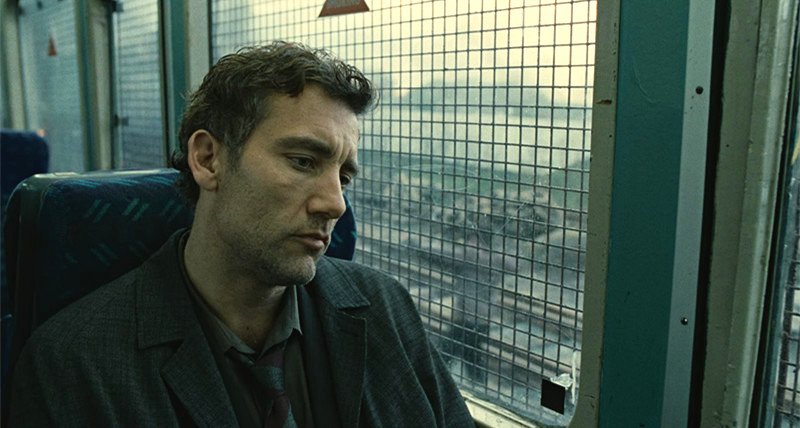
Before his Oscar success with 2013’s astronaut thrill-ride, Gravity, Alfonso Cuarón sat in the director’s chair for the film adaptation of PD James’ 1992 dystopian book, The Children of Men, predicting a world where there are no children being born. Cuarón had already enjoyed acclaim for his work on the third (and best) Harry Potter film along with other book adaptations such as Dickens’ Great Expectations and Hodgson-Burnett’s A Little Princess.
Thus, he was no stranger to working with revered subject matter. He took James’ book and, with a few alterations, turned it into a brilliantly realised social commentary on the decline of British society; a story of human struggles with believable, sympathetic characters. It’s a story with massive implications but told at a simple, individual level. Here are just a few reasons why this film is deserving of the wide appreciation it receives.
1. A great cast
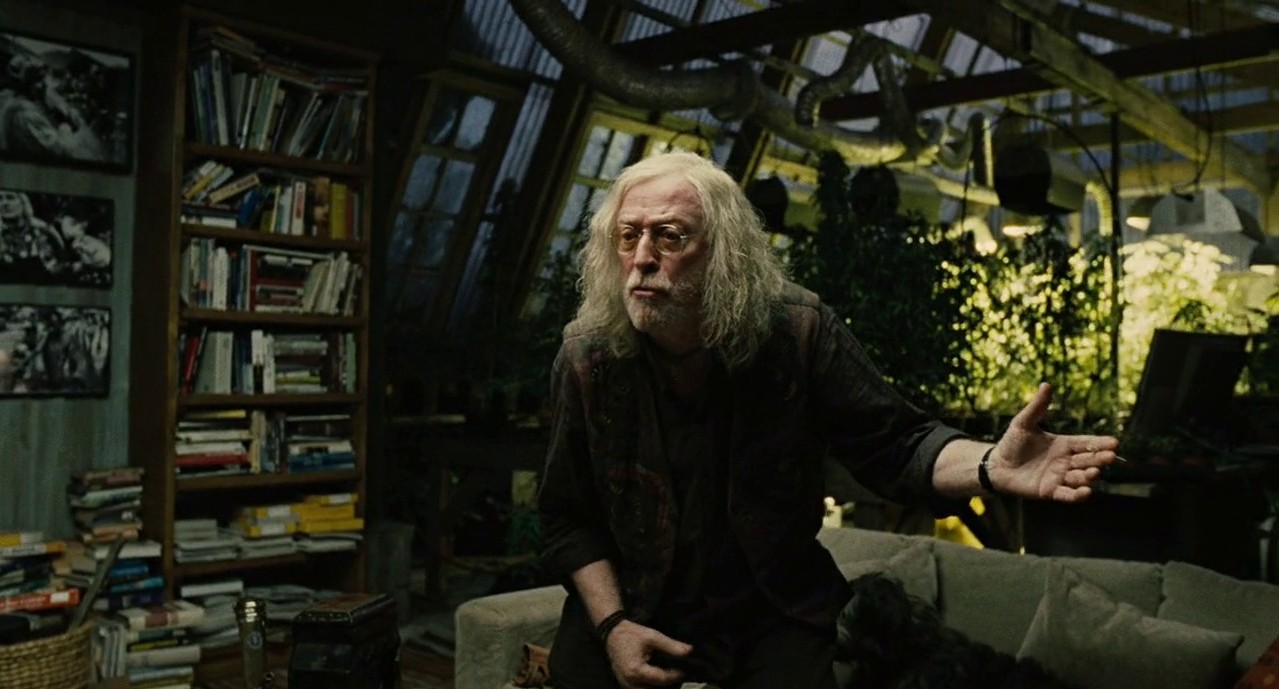
Clive Owen, who stars as the main protagonist Theo Faron, spent weeks after his casting working with the writing team and Cuarón on his role. He brings a great ‘everyman’ quality to his role along with much pathos and a depth of empathy with his character’s circumstances.
Julianne Moore was brought on board to play Faron’s estranged wife and was initially, in line with the original source, destined to play the role of the first pregnant woman in years. This was changed and that role was given to newcomer Clare-Hope Ashitey who manages to combine youthful naivety and innocence with a hard edge of cynicism very well indeed. Moore, as always, provides a great, albeit brief performance. Indeed her casting in the role she has emphasises the shock of her departure even more.
This is a film that will pull the rug from under the viewer’s feet in terms of your expectations. There are better comparisons available, however it calls to mind Steven Seagal’s unexpected exit from the film Executive Decision.
The film’s real success lies outside the main players, however. So much attention is lavished on the film’s supporting characters that we are treated to a very deep vision that brings a depth of realism to the whole picture. In a film of this scope, it would be so easy to include stock characters or archetypes but here there is anything but.
Each character we interact with feels like a real person, from the corrupt immigration cop, Syd, played with brilliant menace by Peter Mullan, to Danny Huston as Faron’s jaded government official cousin.
Our expectations are challenged and we are given a much richer experience for it. Chiwetel Ejiofor and Michael Caine are fantastic and fit in to the film brilliantly in their vastly opposing roles, including the latter playing way against type. Even the gypsy woman, Marichka, in the immigration detention centre is given a very layered feel by Romanian actress Oana Pellea.
2. A chillingly prescient vision of the current political climate
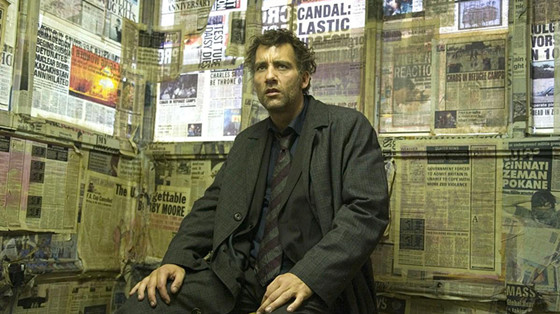
It’s easy to see how the current political climate in Britain is teetering on the brink of a slope that leads potentially to the kinds of scenes we are presented with in Cuarón’s film. Society is seen as having gone to hell and people don’t seem to care. It echoes other works like John Christopher’s novel, The Death of Grass, where something we all take for granted can be snatched away and our civility goes with it.
The vilification of immigrants in the film is a startlingly real and disturbing feature of British society at present in the wake of the Brexit vote, with various media outlets jumping on the bandwagon of blaming outsiders for all of society’s problems. This was part of Cuarón’s thought process in casting Ashitey in the role of the pregnant refugee; her African heritage clearly a nod to the original beginnings of human existence and the idea of our shared heritage.
Truthfully, it is not difficult to imagine the wrong people gaining control of the country and feeding people’s existing fears of outsiders. It’s a subject that has been confronted in other mainstream science fiction works such as V for Vendetta and District 9 and it is done here expertly by Cuarón.
There are just little touches, little additions to the norm, more of which will be explained later on, that add so much to the big picture and make it a setting that seems so plausible. The sight of people herded into cages on railway platforms, for example, despite its obvious holocaust metaphors, seems like not a huge leap of imagination if the country were to be driven in a certain direction.
3. Expert cinematography that creates a unique vision of London and England of the future
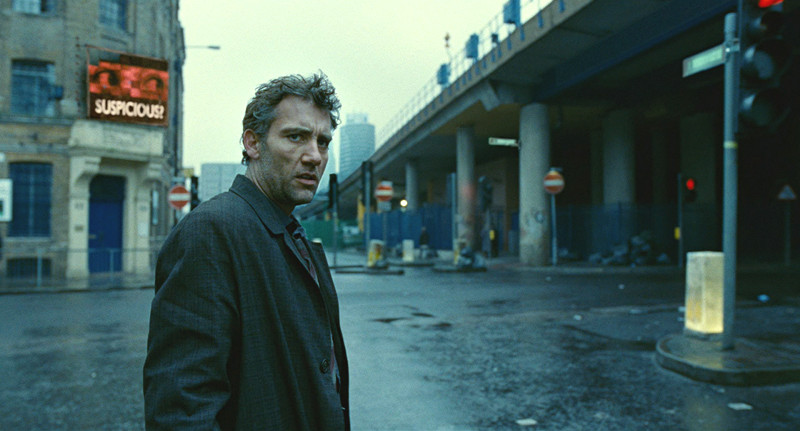
The washed out palette of colours and attention to detail in the set designs goes a long way to creating an immensely depressing vision of London.
Cinematographer Emmanuel Lubezki had a rich and varied career, was rightly nominated for an Oscar for his work on this film (losing out to Guillermo Navarro for his brilliant work on Pan’s Labyrinth), and has gone on to win awards for his work on The Revenant and the aforementioned Cuarón outing, Gravity. Michaelangelo’s statue of David stands broken in the Ark of the Arts alongside other works of art no longer accessible to the public, curated by Theo’s cousin.
It is as if the public is no longer deserving of these things and they must be hidden away lest they provide too much hope in a world where it is so badly needed. The framing of the statue, behind glass but ultimately invisible to others, is a perfect example of the promise of redemption that is so far out of reach. Down at street level, the rubbish bags piled in the street is reminiscent of real-life recent scenes in places like Athens as society goes to seed.
Also, the proliferation of the Internet and video news, barely absent from a single shot of the city is completely plausible and filmed in a way that allows us to be immersed in it. The scenery of London is entirely and horrifyingly realistic.
4. Little touches that add to the experience are never ignored
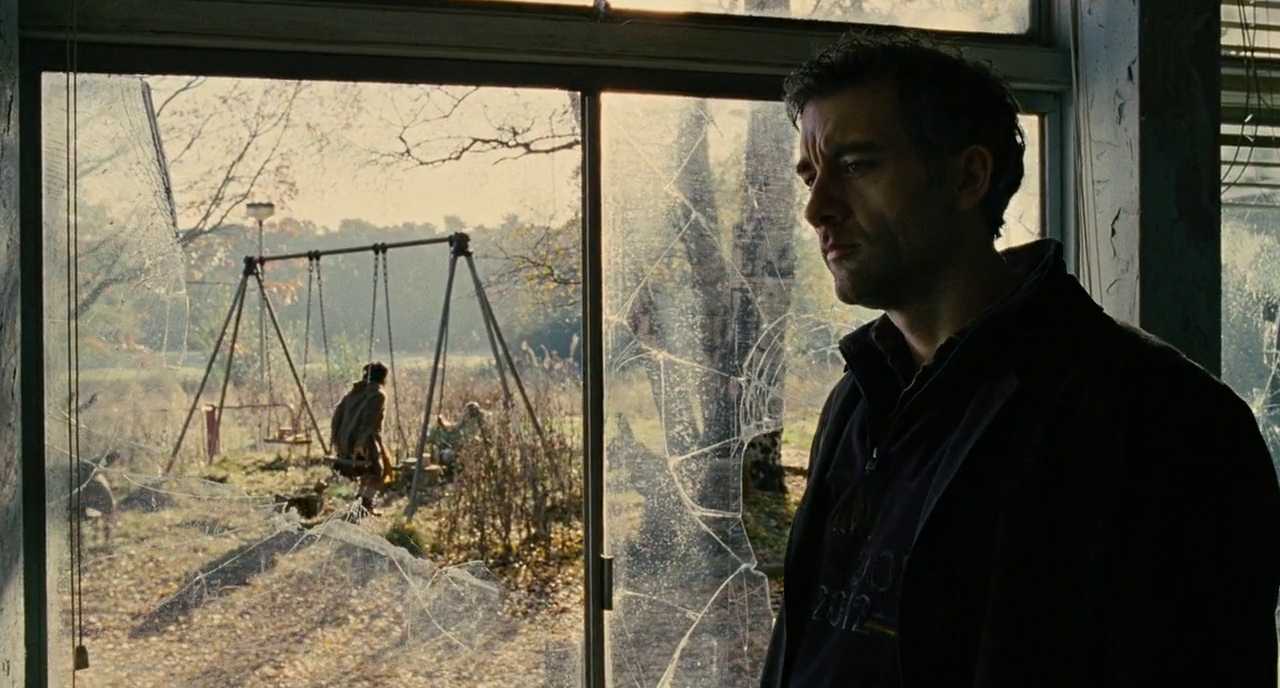
There is so much attention to detail and that is a testament to the film-makers. Hundreds of newspapers were individually produced to cover the windows of a cell in one single scene.
The video billboards and messages on trains are all well realised and add to the storytelling and creation of atmosphere. Buses and trains have meshing over their windows which goes unnoticed until a mob of delinquents start throwing bottles and stones at them, then all of a sudden seems very plausible in the world that has been created.
There is also the ‘Quietus’ drug that we see in Michael Caine’s character’s house. The audience knows what it is because there have been adverts for it in other parts of the film. It’s just there and never really discussed as it doesn’t need to be; the work has already been put in. This speaks to the intelligence in the way the exposition is handled in the film, more on which will be discussed in the next point.
The detail of characters has a great depth, down to Charlie Hunnam’s Geordie terrorist singing ‘The Blaydon Races’ as he kicks Clive Owen’s head in. Outside of London, we are treated to the horrific vision of a primary school gone to seed and abandoned to nature.
This tells of the real effects of the lack of children in the world. It’s one that the viewer would probably not have considered, but its inclusion is perfect as a illustrative example. Perhaps the best detail included is Clive Owen’s battered London 2012 sweatshirt. A brilliant addition; it is something that, for the audience at the time would have been a vision of hope in the future. To the protagonists of the film, however, it is merely a reminder of a time when hope and cohesion were real things.